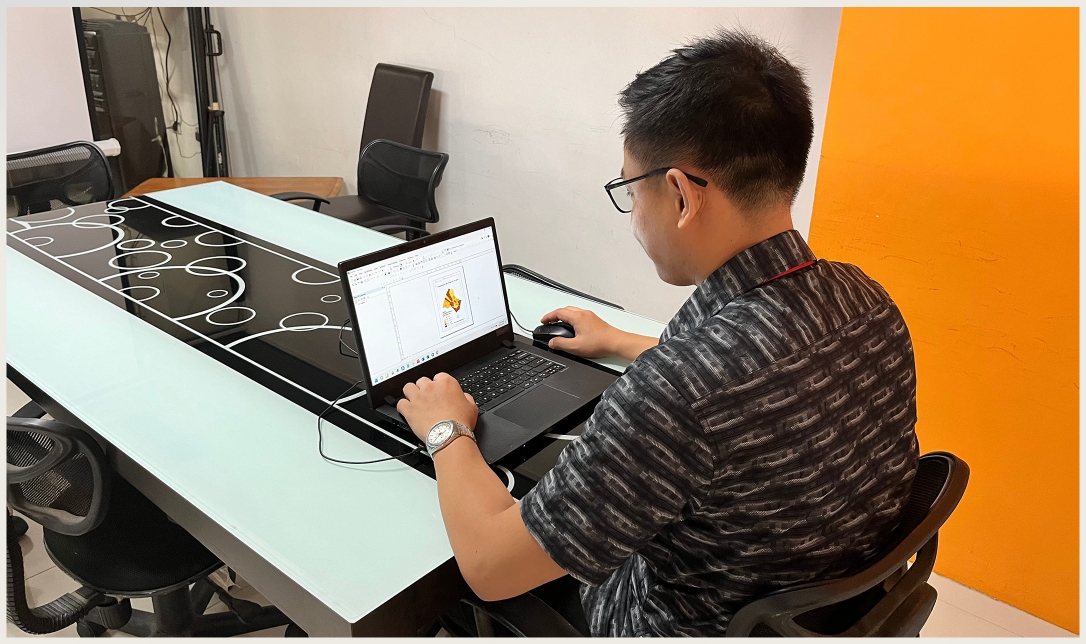Geographic information system-based prioritization mapping for urban search and rescue in Poblacion, Davao City
DOI:
https://doi.org/10.59120/drj.v15i3.254Keywords:
Geographic Information System, Natural Disaster, Population Density, Prioritization Maps, Urban Search and RescueAbstract
Natural catastrophes frequently have substantial consequences, such as infrastructure damage and loss of life. These unanticipated circumstances often result in trapped individuals under rubble debris that needs rapid response and attention. Natural catastrophes can cause a large number of victims, and so a crisis might destabilize the entire area if the authorities' Urban Search and Rescue (USAR) operations are ineffective. Prioritization maps are a highly valuable tool in this approach since they may improve and automate the "decision-making" process by showing the most critical regions. This study creates prioritization maps based on population density per barangay and the population of the declared employees in the barangay to identify and prioritize the most critical areas before and after a catastrophe. These maps reflect heavily populated locations using population density metrics, showing areas with potentially more significant concentrations of people needing help after catastrophic occurrences. When a disaster happens, the USAR personnel, using these prioritization maps, can make informed decisions to allocate resources and manpower effectively. Utilizing these maps will contribute to and ensure an effective and immediate response, resulting in fewer casualties and damage. Population data is processed using Geographic Information Systems to produce these maps. The methodology was applied to the Poblacion District of Davao City, Philippines, and prioritization maps were developed. The maps reflected critical areas of the district and will serve as valuable tools for planning and effectively dispatching USAR personnel in times of a natural catastrophe.
Downloads

Downloads
Published
Issue
Section
License
Copyright (c) 2024 Fillmore D. Masancay, Yanna Jane F. Comendador, JJ Allind L. Dizon, Leila Philline L. Jallores

This work is licensed under a Creative Commons Attribution-NonCommercial 4.0 International License.
DRJ is an open-access journal and the article's license is CC-BY-NC. This license allows others to distribute, remix, tweak, and build on the author's work, as long as they give credit to the original work. Authors retain the copyright and grant the journal/publisher non-exclusive publishing rights with the work simultaneously licensed under a https://creativecommons.org/licenses/by-nc/4.0/.









